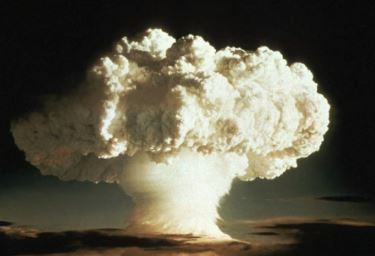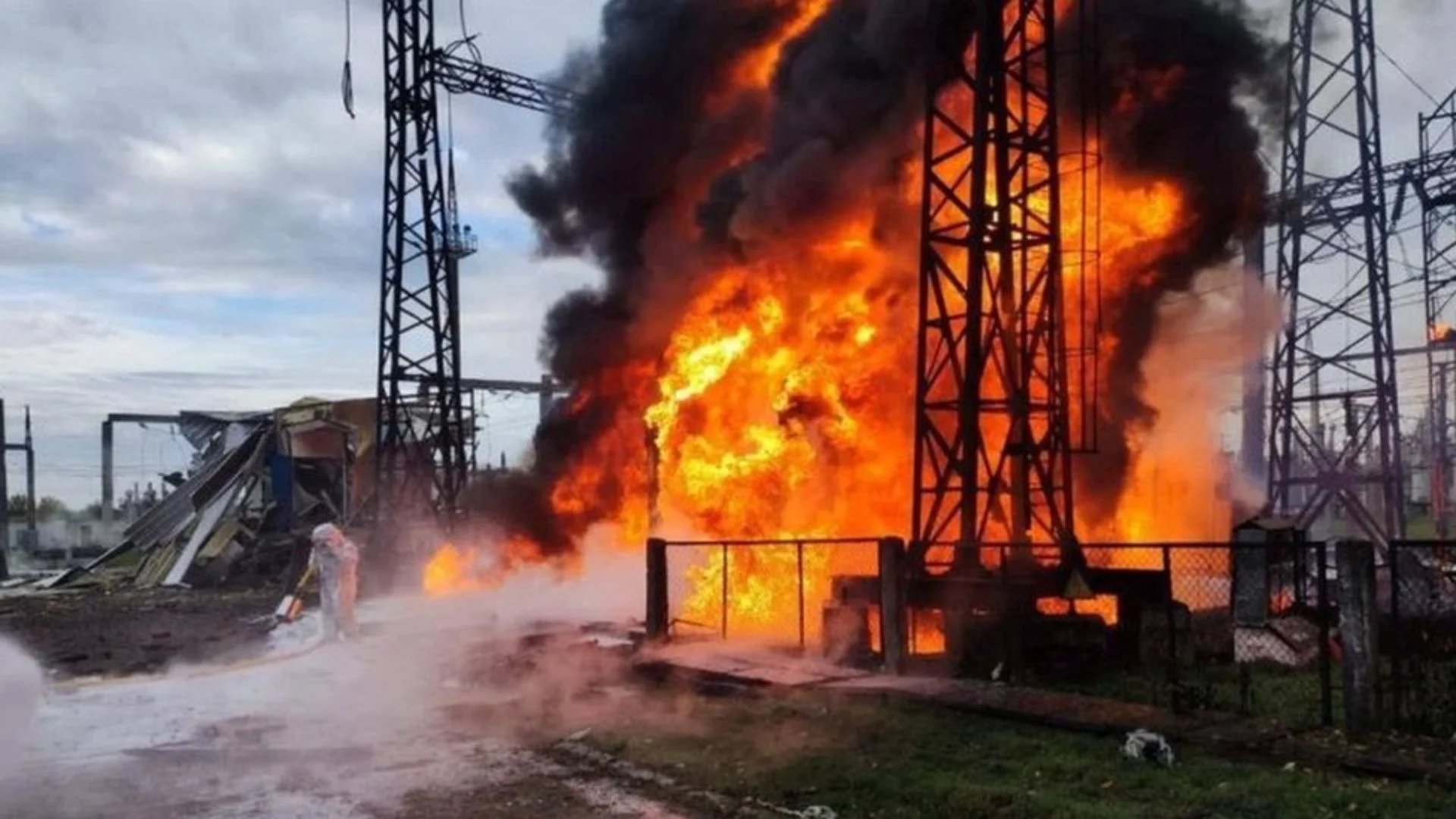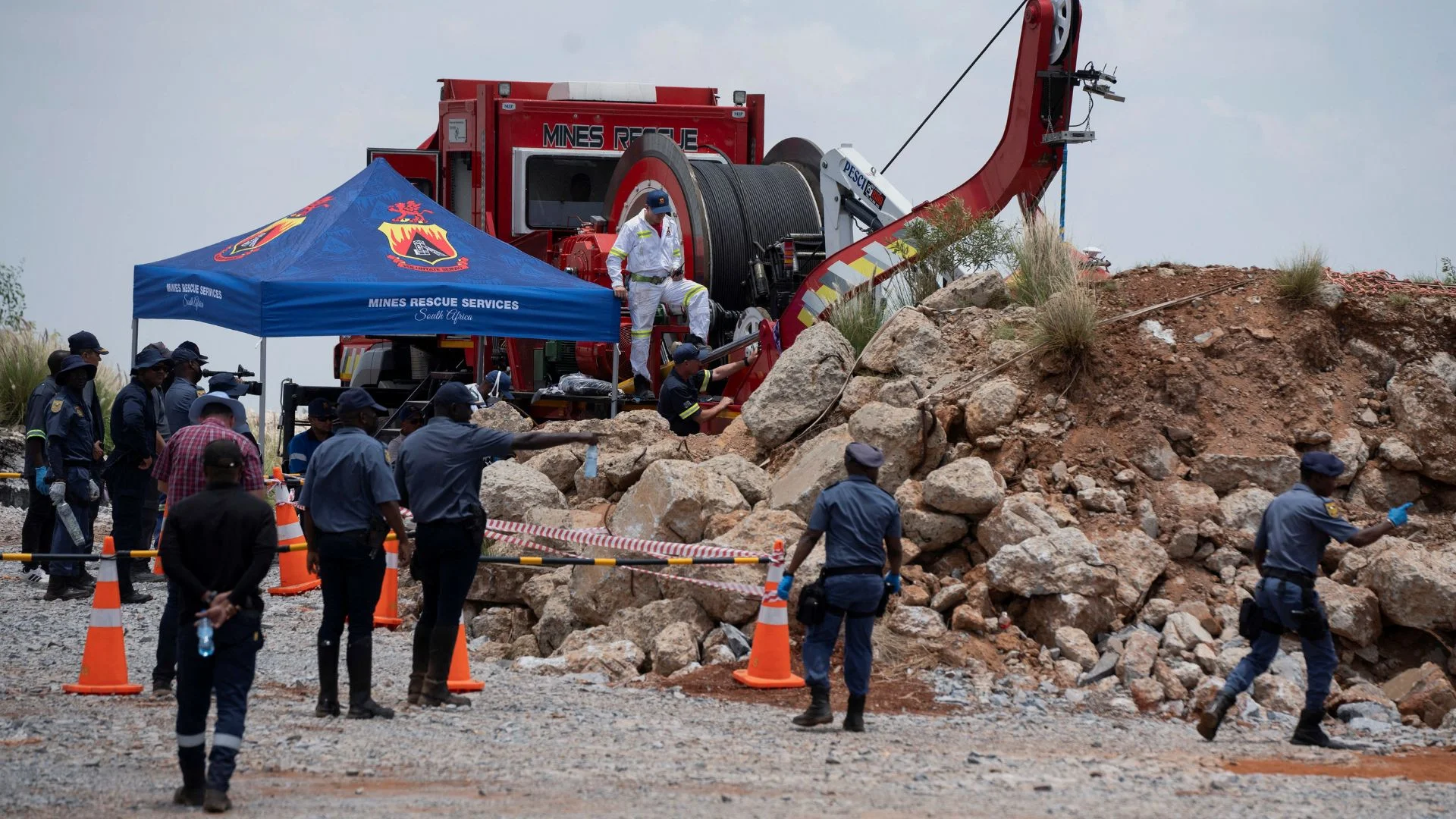Christopher Nolan’s film “Oppenheimer” has focused new attention on the legacies of the Manhattan Project – the World War II programme to develop nuclear weapons. As the anniversaries of the bombings of Hiroshima and Nagasaki on Aug 6 and Aug 9, 1945, approach, it’s a timely moment to look further at dilemmas wrought by the creation of the atomic bomb.
It also led to widespread public health and environmental damage from nuclear weapons production and testing.Hanford is less well known than Los Alamos, New Mexico, where scientists designed the first atomic weapons, but it was also crucial to the Manhattan Project. There, an enormous, secret industrial facility produced the plutonium fuel for the Trinity test on July 16, 1945. Later, workers at Hanford made most of the plutonium used in the U.S. nuclear arsenal throughout the Cold War.
In the process, Hanford became one of the most contaminated places on Earth. Total cleanup costs are projected to reach up to US$640 billion, and the job won’t be completed for decades, if ever.
Victims of nuclear tests
Nuclear weapons testing caused fallout reaching 46 US states and parts of Canada and Mexico, impacting nearby families, particularly Hispanic and Indigenous communities. Senate votes to extend compensation for Trinity test site victims, as the true global health effects and community disruptions remain challenging to estimate.
Polluted soil and water
Hanford’s nuclear weapons production in Washington state caused long-lasting harm. Radioactive and toxic pollution from uranium irradiation and plutonium extraction contaminated the Columbia River through 1987. Storage tanks for 56 million gallons of hazardous waste failed to find a permanent disposal solution, posing ongoing risks. Partial cleanup proposals and radioactive debris persist, raising concerns of Hanford becoming a forsaken “national sacrifice zone” for the sake of security.
A culture of secrecy
Hanford’s history exemplifies how government secrecy extended beyond nuclear weapons. Toxic gases released knowingly contaminated downwind areas in the past, partly for monitoring Soviet tests. Secrecy hindered information access for affected communities, leading to health studies, lawsuits, and limited compensation for “downwinders,” leaving a legacy of anguish and legal battles.
Cautionary legacies
Currently active atomic weapons facilities also have seen their share of nuclear and toxic chemical contamination.
Among them, Los Alamos National Laboratory – home to Oppenheimer’s original compound, and now a site for both military and civilian research – has contended with groundwater pollution, workplace hazards related to the toxic metal beryllium, and gaps in emergency planning and worker safety procedures As Nolan’s film recounts, J Robert Oppenheimer and many other Manhattan Project scientists had deep concerns about how their work might create unprecedented dangers.

















